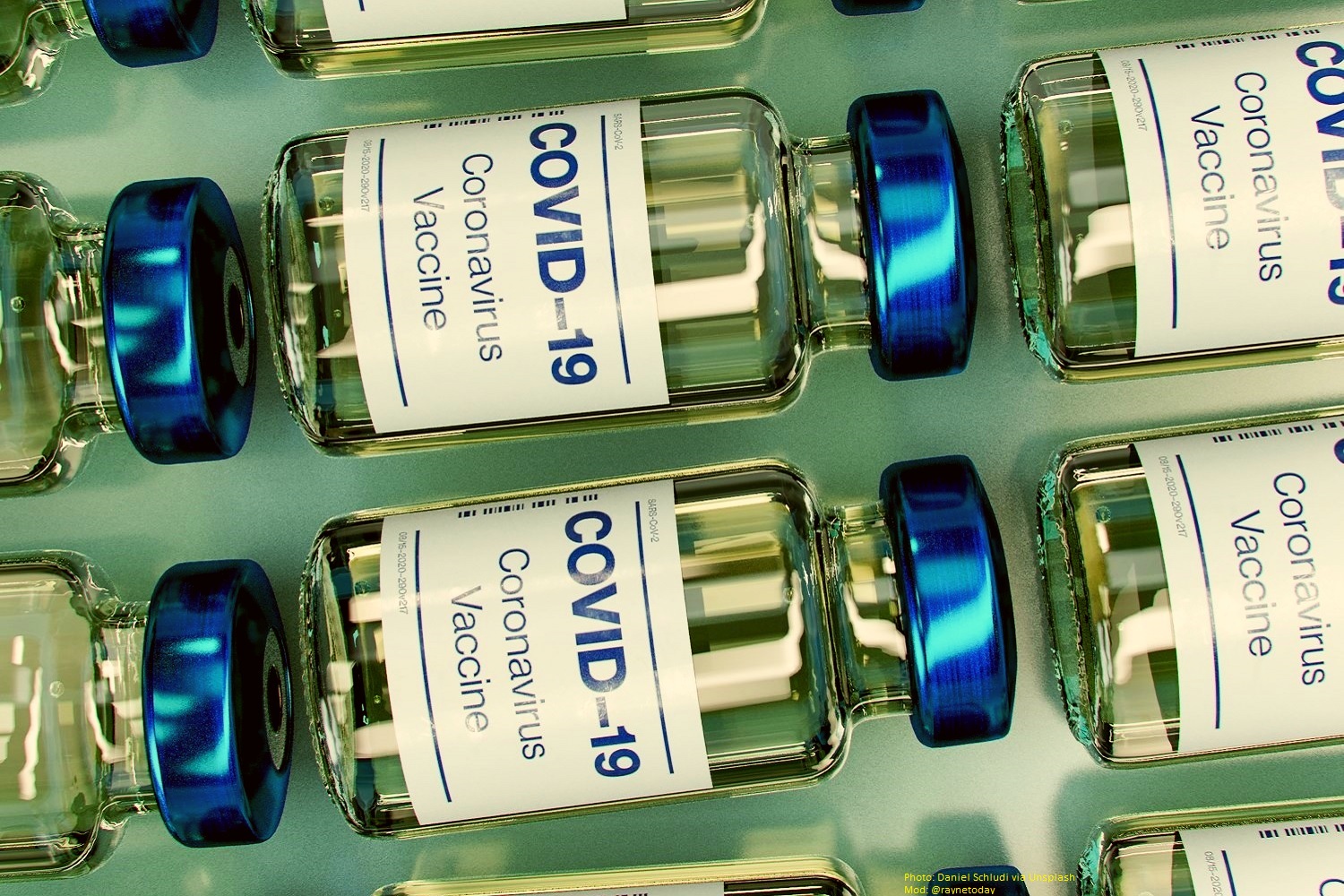This Is Your D*ck on COVID-19: Reaching Stubbornly Unvaxxed Men
[NB: Note the byline, thanks. /~Rayne]
New Yorker’s contributor Jelani Cobb tweeted this weekend about improving vaccination rates:
CDC has dramatically underutilized the fact that COVID attacks men’s penises and can cause erectile dysfunction.
I seriously think messaging on this would improve vax rates: an image of a wet noodle next to a picture of someone getting the shot and the words “You Choose.”
— jelani cobb (@jelani9) July 31, 2021
Men would be lined up in CVS demanding the vaccine be injected directly into their junk.
— jelani cobb (@jelani9) July 31, 2021
Color me highly skeptical.
Anti-vaxx/COVID-hoax/Anti-Mask men have studiously ignored science throughout the pandemic, including 15 months of published research about the risk COVID poses to their ‘nads.
I wrote last September about the risks to men’s reproductive organs:
Autopsies of COVID-19 victims showed damage to testicles:
Yang M, et al. Pathological Findings in the Testes of COVID-19 Patients: Clinical Implications. Eur
Urol Focus (2020), https://doi.org/10.1016/j.euf.2020.05.009
https://www.sciencedirect.com/science/article/pii/S2405456920301449Based on findings, not only should kidney function and hormone levels be monitored but younger men should receive fertility counseling for family planning:
Wang, S., Zhou, X., Zhang, T. et al. The need for urogenital tract monitoring in COVID-19. Nat Rev Urol 17, 314–315 (2020). Published 20 April 2020 Issue Date June 2020
https://doi.org/10.1038/s41585-020-0319-7
https://www.nature.com/articles/s41585-020-0319-7There have been many anecdotes of patients with sequelae lasting months after their initial illness. A large enough number exist for them to form groups in social media to compare notes about their experience. As the underlying SARS-CoV-2 virus is novel, we don’t have years of experience to look back upon for trends. We can’t yet predict whether there will be lifelong disability though many patients have reported development of diabetes, kidney dysfunction, heart disease, neurological impairment which have lasted months after they were technically deemed recovered. Studies on COVID-19’s long term effects have only recently begun and may last months to years.
Last fall we didn’t have anywhere near the amount of data we have now on COVID-19. The evidence accrued since the first published study from last April only confirmed many men infected by SARS-CoV-2 have suffered vascular damage to penile and testicular tissue. Though at least one study indicates semen may be an unlikely vector of infection carrying little active viral material, biopsies of living and deceased patients show damage to testicles which may result in lower sperm counts.
In other words, not only may men who’ve had COVID not be able to get it up, they may have difficulty impregnating their partner.
And we don’t yet know with certainty what percentage of men will have permanent damage versus long- or short-term damage.
If COVID damages blood vessels in men’s reproductive organs the same way it does in other organs and limbs, erectile dysfunction medications like Viagara and Cialis may not work as well (or at all) because functioning blood vessels are needed to distribute the medication throughout tissues, so to say.
Are women also experiencing damage to their reproductive organs? At least one study from last summer suggested SARS-C0V-2 could affect the endometrial cells in women’s uteruses posing a risk to pregnancies.
But here’s a key difference in the amount of COVID damage risk between women and men: men have more ACE2 receptors because of their testosterone. The study on women’s uteruses suggests ACE2 levels will vary with progesterone levels during a woman’s cycle and phase of pregnancy — they won’t have the same level of risk all the time.
There have been more studies examining the risk to men’s reproductive organs since last September:
Achua, Justin K et al. “Histopathology and Ultrastructural Findings of Fatal COVID-19 Infections on Testis.” The world journal of men’s health vol. 39,1 (2021): 65-74. doi:10.5534/wjmh.200170
[Published online 2020 Nov 3]
https://www.ncbi.nlm.nih.gov/pmc/articles/PMC7752514/Abdel-Moneim, Adel. “COVID-19 Pandemic and Male Fertility: Clinical Manifestations and Pathogenic Mechanisms.” Biochemistry. Biokhimiia vol. 86,4 (2021): 389-396. doi:10.1134/S0006297921040015
[Published 2021 Mar 19]
https://www.ncbi.nlm.nih.gov/pmc/articles/PMC7978437/Kresch, Eliyahu et al. “COVID-19 Endothelial Dysfunction Can Cause Erectile Dysfunction: Histopathological, Immunohistochemical, and Ultrastructural Study of the Human Penis.” The world journal of men’s health vol. 39,3 (2021): 466-469. doi:10.5534/wjmh.210055
[Published online 2021 May 7]
https://www.ncbi.nlm.nih.gov/pmc/articles/PMC8255400/Moghimi, Negin et al. “COVID-19 disrupts spermatogenesis through the oxidative stress pathway following induction of apoptosis.” Apoptosis : an international journal on programmed cell death, 1–16. 2 Jun. 2021, doi:10.1007/s10495-021-01680-2
https://www.ncbi.nlm.nih.gov/pmc/articles/PMC8170653/
There are more studies out there, and there have been articles in media outlets about these studies along with a corresponding uptick in social media after each article.
But men don’t seem to be paying attention to these studies or reports, let alone personal anecdotes which surely must be emerging in their social circles.
Nor have men paid close attention to COVID’S gender disparity:
COVID-19 doesn’t strike the sexes equally. Globally, for every 10 COVID-19 intensive care unit admissions among women, there are 18 for men; for every 10 women who die of COVID-19, 15 men die. …
What the heck is it going to take to get men vaccinated if they don’t care about their reproductive health and sexual wellbeing, or even their greater risk of death and disability from COVID?
Perhaps if COVID looked more like a gun, men would be more willing to go out and arm themselves against it.


